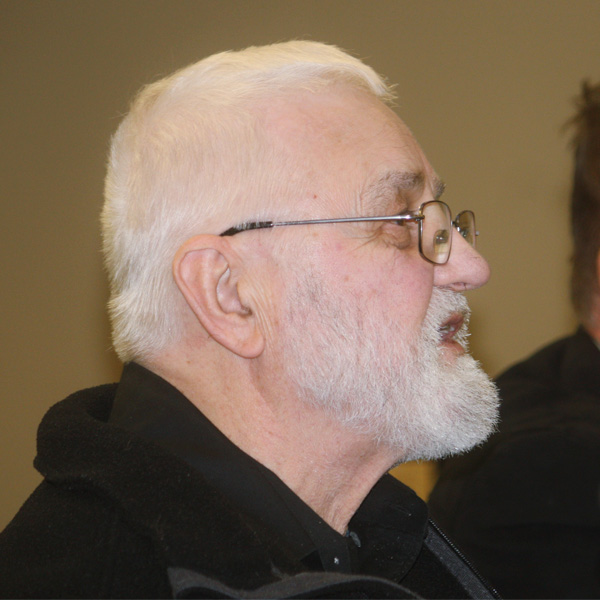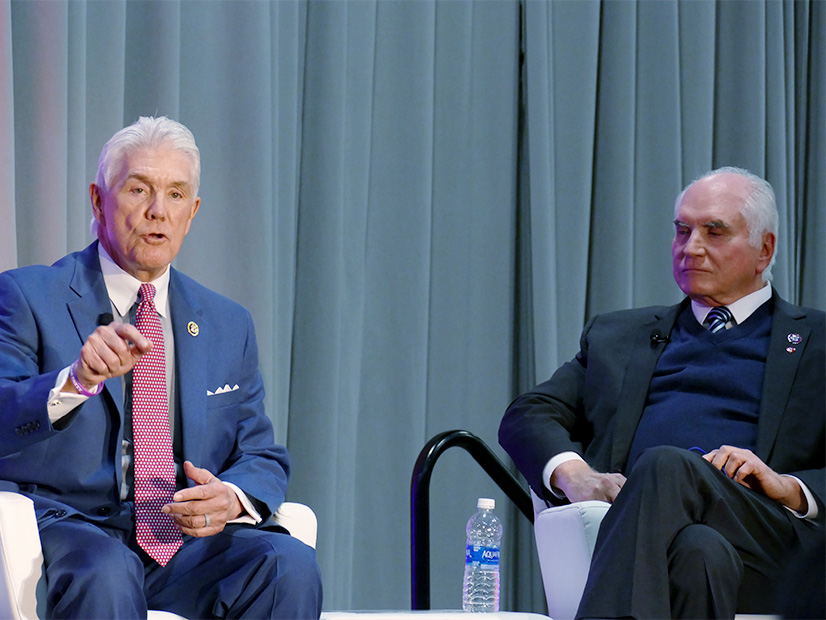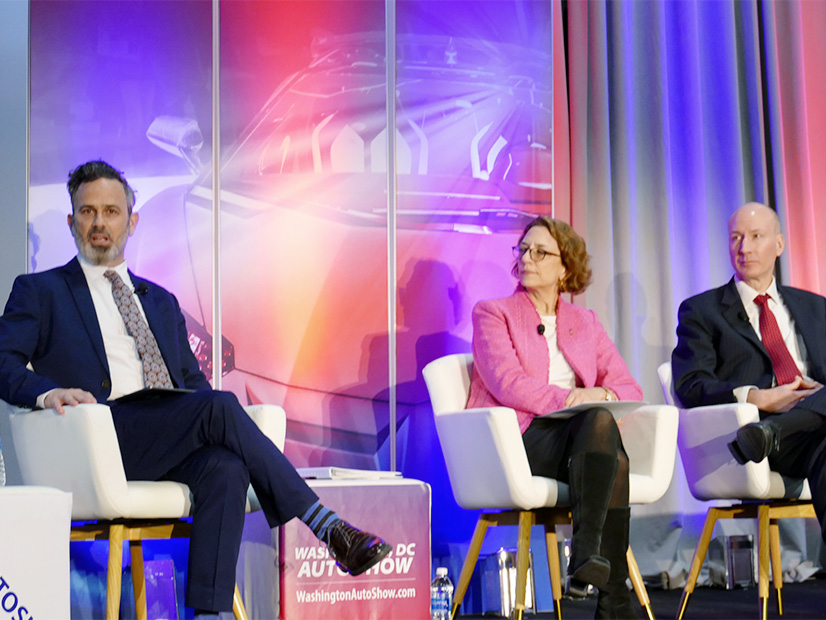FERC put the Tennessee Valley Authority one step closer to replacing its Cumberland coal plant with a new natural gas plant when it permitted a new pipeline Jan. 18 (CP22-493).
Environmental groups have expressed displeasure with FERC’s issuance of a certificate of public convenience and necessity for Tennessee Gas Pipeline’s (TGP) 32-mile pipeline to feed the planned 1,450-MW Cumberland gas plant. TVA has said it could retire the first of two coal units at its 2,470-MW Cumberland Fossil Plant as early as 2026 with the new gas capacity online.
In its approval, FERC denied Sierra Club and Appalachian Voices’ request for a hearing over the need for the pipeline and associated gas plant.
“Commenters assert that additional natural gas infrastructure is unnecessary. Many of these commenters argue that alternative sources of energy should be used to combat climate change and that TVA’s plans conflict with the climate policy of the federal government,” FERC noted. However, the commission said the Tennessee Valley Authority Act bestows the utility’s board of directors with the “exclusive authority” to evaluate the need for generation facilities within the service territory.
FERC asserted that it did its due diligence under the National Environmental Policy Act (NEPA) to approve the pipeline. It said it found no evidence of self-dealing when TGP entered into a binding precedent agreement with the unaffiliated TVA for the project’s full capacity.
The Sierra Club, Appalachian Voices and the Center for Biological Diversity, represented by the Southern Environmental Law Center, filed a lawsuit in mid-June in the U.S. District Court for Middle Tennessee, centered around what they claim were NEPA violations with the pipeline’s planning. The lawsuit claims TVA disobeyed NEPA by committing to a new natural gas plant too early in the process, failing to seriously consider carbon-free alternatives, and ignoring the climate harms and volatile fuel costs the community will bear.
In their FERC protest, the groups repeated claims that TVA signed contracts for final design work on the pipeline before the NEPA process was completed.
SELC, on behalf of Sierra Club and Appalachian Voices, is also challenging a state permit from the Tennessee Department of Environment and Conservation, saying the agency ignored the harm the pipeline will inflict on local waterways. (See TVA’s Cumberland Coal-to-gas Plans Press on over Resistance.)
FERC estimated that TVA exchanging coal for gas at the Cumberland site would cut greenhouse gas emissions by about 7 million metric tons annually.
The commission said that because the pipeline will feed a project that ultimately lowers emissions, it cannot be considered harmful for NEPA purposes.
“A net reduction in the emissions of a pollutant logically cannot cause a significant adverse impact under NEPA,” FERC said.
FERC estimated that the social cost of greenhouse gas emissions from the project could range from nearly -$1.9 billion to -$21 billion, reflectively a net decrease in overall downstream emissions, but it said it was including the figures for informational purposes only. It said its calculations don’t conclusively determine whether the project will have a significant effect on climate change. FERC also said NEPA doesn’t outline criteria on how to come up with monetized values to establish the magnitude of future pollutants.
“The D.C. Circuit [Court of Appeals] has repeatedly upheld the commission’s decisions not to use the social cost of carbon, including to assess significance,” FERC said.
Commissioner Allison Clements dissented from parts of the order in which FERC claimed it was impossible to assess the significance of greenhouse gas emissions. Clements has long argued that FERC hasn’t tried to evaluate methods.
“This is the same language I have criticized many times. It does not improve with age,” she said.
The SELC said FERC’s decision to greenlight the pipeline “ignores the significant and long-lasting damage it will do to the climate, utility customers and Tennessee communities.” The group also blasted TVA’s “massive, multibillion-dollar fossil fuel spending spree.”
“FERC commissioners moved to recklessly rubberstamp this project without fully evaluating the harm this unnecessary pipeline would do to families throughout the Tennessee Valley,” SELC senior attorney Amanda Garcia said in a press release. Garcia added that “clean energy technology is already more cost effective than building new gas plants and pipelines.”
SELC repeated that TVA’s investment in natural gas “works against” the Biden administration’s goal for a carbon-free grid by 2035.
“It is irresponsible and regressive to permit new fossil-fueled power plants and pipelines that will worsen the climate crisis, create more energy vulnerabilities and increase electric bills,” Sierra Club field organizing strategist Amy Kelly said.







